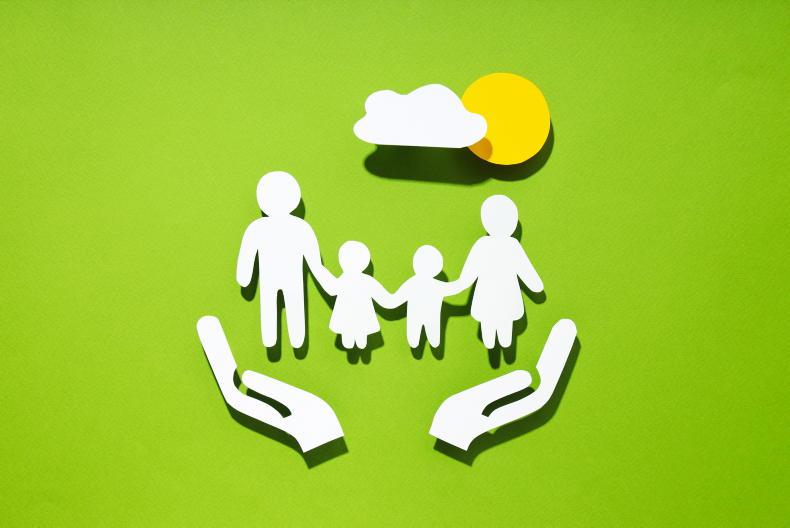Question: As a young married couple, the only life cover we have in place is the policy that we took out to cover our mortgage. We were happy enough with this until now, but we’ve just had our first child, so we’re trying to figure out how to protect our growing family. Could you give us some advice on what type of cover we should consider? Also how much cover should we have in place? And what kind of benefits should we be looking out for? We’re not sure where to start with it all.
Answer: Congratulations on your new addition. With a growing family, you’re wise to consider additional life insurance, as it would provide for your child and spouse, if something were to happen to you. It’s not nice to think about, but it’s better to be prepared.
It’s also good to look at other benefits. Let’s break down the type of cover you should consider, along with some guidance on the amount needed.
1. Life cover: Since your current cover is mortgage-related only, you may want to consider a more extensive life insurance policy. A robust life cover should ideally provide enough to:
- Replace lost income to support your spouse and child’s ongoing needs.
- Pay off debts.
- Provide a lump sum for funeral costs.
- Provide funds for future education costs.
- Provide funds for your spouse’s retirement needs.
Life cover often comes as a lump sum payout, but some policies offer family income benefits that provide regular payments. This can be especially helpful for maintaining a stable income stream.
2. Specified illness cover: This policy pays a lump sum if you’re diagnosed with a critical illness such as cancer or heart disease. It’s extremely helpful when medical crisis hits, as it can alleviate costs, cover living expenses, or provide a buffer to support your family through your recovery.
Given that a high percentage of claims come from illnesses that are increasingly common, this cover can be a valuable addition for peace of mind.
3. Income protection: An often overlooked but essential type of cover is income protection which pays a percentage (up to 75%) of your salary, if you’re unable to work due to illness or injury, until you return to work or reach retirement age. It’s particularly useful because it helps you keep up with daily expenses and long-term financial commitments, even if you face a health-related work interruption.
Farmers can find it hard to get cover as farming is considered high risk but it is possible. Tax relief is available on these premiums, which helps make it more affordable.
How much cover?
When considering how much cover is needed, use the ‘what would happen if…?’ prompt to help you identify where gaps might exist. Examples are lost income, caregiving costs, or educational expenses for your child.
Life cover: Think about what would happen to your family income levels if one of you passed away prematurely. How much income will be replaced? What outgoings might be saved? Consider the mortgage repayments that will no longer be required, the state widows’ pension and any other pension income, if applicable.
With this calculation, you’ll discover the gap or shortfall created. This will identify your minimum need based on current earnings levels. You may want to factor in future earnings.
Estimate the duration of coverage needed (eg 22 years until your child reaches adulthood or becomes financially independent). This will allow you to calculate a lump sum amount.
Then add on any funds that will be needed to clear other debts, provide future education or retirement funds. Don’t forget to factor funeral expenses.
Specified illness cover: For this benefit, you want enough cover to clear all debts and ideally, replace gross income for around three years. The likelihood of you suffering a specified illness over the next 20 years is higher than the likelihood of you dying. For that reason, the cost of specified illness cover is higher. Replacing two to three times your income might be outside your budget, but try to include this benefit at some level.
Income protection: Try cover around 60–70% of your income, if possible. You should note that income is treated as earned income for tax purposes. The premiums, however, are tax deductible.
Taking this layered approach will help you create a comprehensive safety net that protects your loved ones in various scenarios, from a temporary loss of income to a life-changing illness.
Martin Glennon is head of financial planning at ifac which is the professional services firm for farming, food and agribusiness.









SHARING OPTIONS